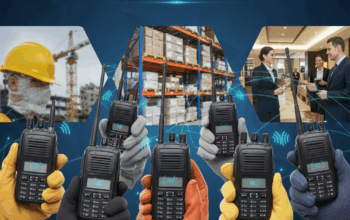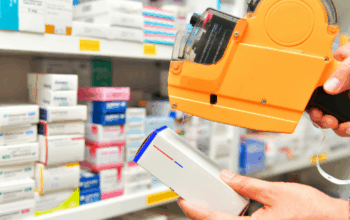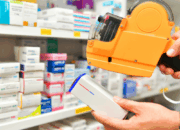Starting a jewelry business is something you should look forward to with excitement, anticipation, optimism, and possibility. Unfortunately, there’s no end to the grim news and gloomy statistics for startups in any industry, let alone jewelry. There are high failure rates and many do not make it past the first year.
The good news though is a lot of the hurdles and pain points are avoidable. One of these is a lack of sufficient knowledge in the type of jewelry you are dealing with. Sterling silver jewelry is one of the most popular precious metals used in ornamental and religious pieces. It makes sense that if you are going to be selling any jewelry, you should buy sterling silver jewelry wholesale.
Here are the most important things you need to know about sterling silver.
1. It’s Not Pure Silver
Sterling silver is not pure silver. And that’s actually a good thing. Pure silver is overly soft, which makes it impractical to use on many ornamental and functional objects. Sterling silver’s history goes back 900 years ago when pure silver was mixed with other metals to strengthen it. The resulting alloy was harder, more durable, and eventually came to be known as sterling silver.
Today, sterling silver is also referred to as 925 silver. That’s because it contains 92.5% pure silver and 7.5% of another metal. Copper is by far the most widely used metal in the making of sterling silver though there are pieces that utilize other materials such as nickel. Copper adds strength while preserving the appearance and ductility of pure silver.
2. Identifying Sterling Silver
If the jewelry is commercial, look at any markings it has. Authentic sterling silver pieces are usually stamped “.925”, “925”, “ss”, “ster”, “sterling” and/or “sterling silver”. That said, the absence of such markings doesn’t always imply the piece is not sterling silver. Makers of handmade jewelry won’t always stamp their pieces.
In case you have any doubts over whether an item is made from sterling silver, hold a magnet near it. If it’s drawn to the magnet, then it’s unlikely to be sterling silver. Authentic sterling silver isn’t magnetic.
3. Tarnish is Reversible
Silver is much less chemically reactive than other metals. However, it is still affected by the elements, albeit at a slower rate. When exposed to airborne sulfur compounds, it starts to develop a black tarnish of silver sulfide. When subjected to low-level ozone, silver oxide forms. This can rob sterling silver jewelry of its original sheen. Fortunately, this is easily reversible.
Line the bottom of a dish with aluminum foil, pour hot water in it, add a tablespoon of baking soda and a teaspoon of salt. Place the sterling silver pieces in the water and let them rest on the foil. Leave in the solution for just a couple of minutes and watch the tarnish vanish.
Alternatively, use a soft or polish cloth together with a precious metal cleaner or a polish cream. That should get your items looking as good as new. Only be careful not to buff or polish sterling silver jewelry too aggressively as this can cause permanent damage that lowers its value.
4. Caring for Sterling Silver Jewelry
Knowing how to get rid of the tarnish on sterling silver jewelry is important. Nevertheless, how you handle the pieces every day contributes to how frequently you have to clean them.
For starters, 925 jewelry should be kept in a low-humidity environment. The pieces should be dry and clean. As much as possible, keep them in an airtight container to minimize the likelihood of tarnish. You could place activated charcoal or silica gel bags to absorb any moisture in the air.
More Knowledge, More Options
The more you know your product, the greater the options you have at your disposal. Armed with these essential snippets of information on sterling silver, you have a better shot at building a sustainable jewelry business.













